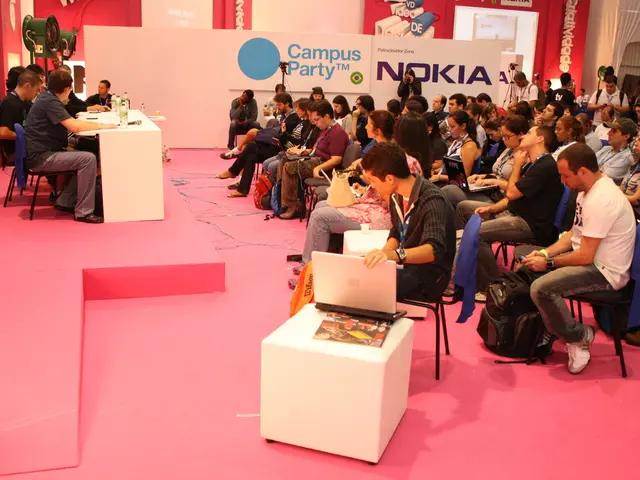Catastrophic Earthquake in Afghanistan: Over 800 Deaths Confirmed, Nearly 2,800 People Injured; Taliban Administration Appeals for Global Aid
In the early hours of Monday morning, an earthquake of magnitude 6 struck the eastern provinces of Kunar and Nangarhar in Afghanistan. The disaster, which occurred at a depth of 10 km, has left a trail of devastation, with more than 800 people reported dead and at least 2,800 injured.
The earthquake's epicenter was in the mountainous region, making rescue efforts particularly challenging. Rescuers are struggling to reach remote areas due to rough terrain and inclement weather. Mudbrick homes in remote mountainous areas along the Pakistani border have collapsed, adding to the tragedy.
The disaster is expected to further strain the resources of the Taliban administration in Afghanistan, which is already grappling with multiple crises. The cut in international funding following the Taliban takeover has reduced government finances significantly, and the earthquake is likely to exacerbate the situation.
India has been one of the few countries to provide immediate relief. It has delivered 1,000 family tents to Kabul and moved 15 tonnes of food material to Kunar. The country plans to send more relief material starting Tuesday. China has also offered disaster relief assistance, ready to provide aid according to Afghanistan's needs and within its capacity.
International humanitarian aid to Afghanistan after the earthquake has been provided primarily by UNICEF, with 130 tons of relief goods from its logistics center in Copenhagen. The European Civil Protection and Humanitarian Aid Operations (DG ECHO) and other international humanitarian organizations have also delivered essentials like tents, water containers, blankets, and medical kits. Germany's Foreign Office has indicated ongoing humanitarian assistance through partners on the ground, but no explicit list of countries directly involved in rescue or relief efforts was specified in the available sources.
The U.N. Secretary General Antonio Guterres is preparing to help those in areas devastated by the quake. The health ministry spokesperson in Kabul, Sharafat Zaman, has called for international aid to address the disaster's aftermath. Rescue teams and authorities are working to dispose of animal carcasses quickly to minimize the risk of contamination to water resources.
The earthquake is the third major deadly quake in Afghanistan since the Taliban took over in 2021. The Indian and Eurasian tectonic plates meet in the Hindu Kush mountain range, making Afghanistan prone to deadly earthquakes. The heavy rain in the last 24-48 hours has increased the risk of landslides and rock slides in the affected areas.
Pope Leo has sent condolences for the dead, adding to the global outpouring of sympathy for the Afghan people. The humanitarian aid for Afghanistan this year has shrunk to $767 million, down from $3.8 billion in 2022. The Taliban administration is currently dealing with various crises, including a sharp drop in foreign aid and deportations of Afghans by neighboring countries.
As the rescue and relief efforts continue, the international community is urged to provide the necessary aid to help the Afghan people rebuild their lives and overcome this disaster.
Read also:
- Peptide YY (PYY): Exploring its Role in Appetite Suppression, Intestinal Health, and Cognitive Links
- Easing Pedestrian Traffic Signal Pressure
- Astral Lore and Celestial Arrangements: Defining Terms & In-Depth Insights - Historical Accounts & Glossary of Cosmic Mythology
- ICE directed to enhance detention conditions following NYC immigrants' allegations of maltreatment







